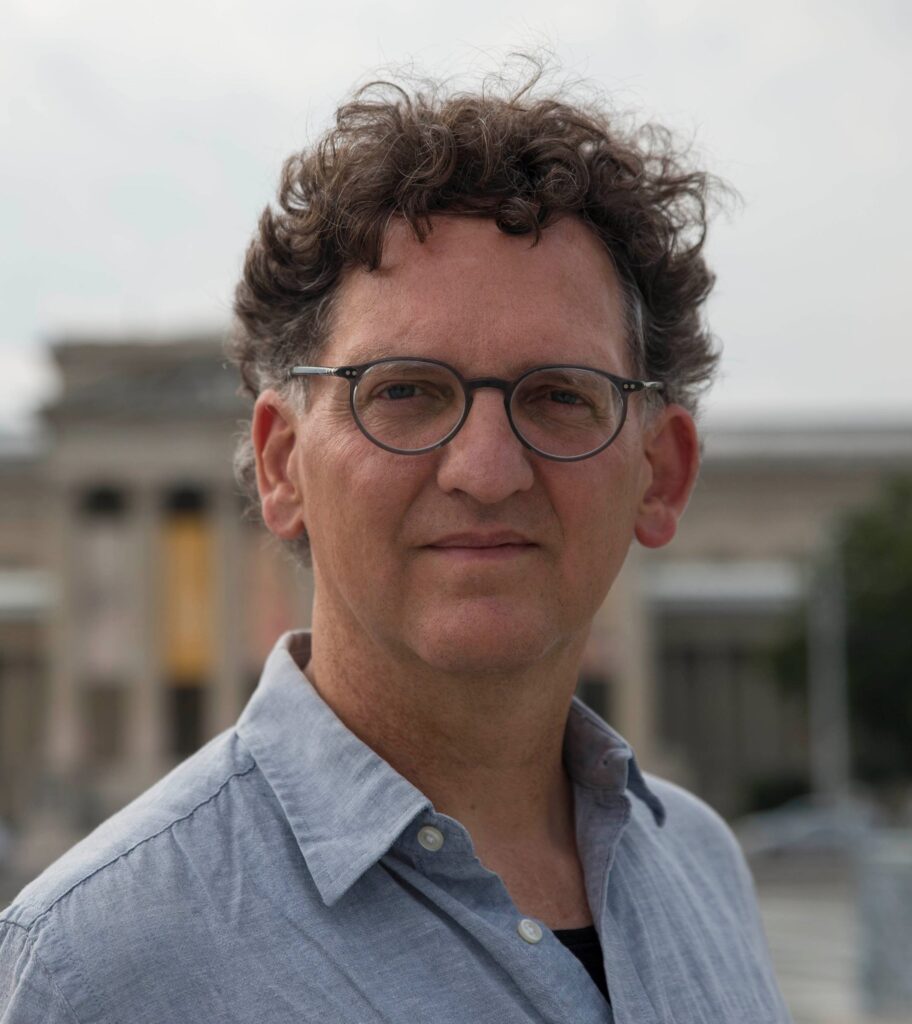Selected Publications
- Fassbare Zugehörigkeit: Deutschsein im Ungarn des 20. Jahrhunderts. (Pustet Verlag, 2020).
- Tangible Belonging: Negotiating Germanness in Twentieth Century Hungary. (Pittsburgh: University of Pittsburgh Press, 2017).
- “Explaining German Expulsions through the Lens of Postcatastrophy: New Discussions concerning the Shoah and the Expulsions,” in The Afterlife of the Shoah in Central Eastern European Cultures: Concepts, Problems, and the Aesthetic of the Postcatastrophic Narration, edited by Anna Artwinska and Anja Tippner. (Routledge, 2022), 192-204.
- “Ouvrir des portes : les photographie comme moments épisodiques,” [photographic essay] Siggi, le magazine de sociologie, printemps 2 (2021), 32-39.
- “Thinking Historically: The Holocaust Study Tour,” in After the Holocaust: Human Rights and Genocide Education in the approaching post-witness era, for edited book, edited by Charlotte Schallié, Helga Thorson, and Andrea van Noord (University of Regina Press, October 2020), 206-216.
- “The State arrives in Hungarian Villages: Magyarization and the Making of Minorities at the Village Level,” in Kooperatives Imperium: Politische Zusammenarbeit in der späten Habsburgermonarchie, edited by Jana Osterkamp. (Göttingen: Vandenhoeck & Ruprecht, 2018), 285-296.
- Otto Bauer külpolitikája és a Magyar Tanácsköztársaság,” [“Otto Bauer’s Foreign Policy Regarding the Hungarian Soviet Republic”] AETAS (Hungarian Historical Journal) (1994/3), 57-70.
- Otto Bauer as Austrian Foreign Minister: Rethinking Bauer’s Anschluss Policy,” in T. M. Islamov and A. I. Miller, eds., Avstro-Vengriia: Opyt mnogonatsional’nogo gosudarstva (Moscow: Russian Academy of Sciences, 1995), 142-154.
- The Sopron Plebiscite of 1921: A Success Story.” East European Quarterly, 34/1 (March 2000), 81-94.
- The Remnants of the Habsburg Monarchy: The Shaping of Modern Austria and Hungary, 1918-1922. (Boulder, Colorado: East European Monographs, distributed by Columbia University Press, 2001).
- Modern Europe: Sources and Perspectives from History. Edited with Michael Melancon, Auburn University. (New York: Longman Publishers, 2003).
- Minority-Building in the German Diaspora: The Hungarian-Germans,” Austrian History Yearbook, volume 36 (2005): 148-166.
- Nation, Volk, Minderheit, Volksgruppe: Die deutsche Minderheit in Ungarn in den Begriffskämpfen der Zwischenkriegsära.” Zeitschrift für Ostmitteleuropa-Forschung, 55 (2006): 526-547.
- Nineteenth-Century Europe: Sources and Perspectives from History. Edited with Michael Melancon, Auburn University. (New York: Longman Publishers, 2007).
- The Second World War and Its Aftermath: Ethnic German Communities in the East,” in Germans and the East, edited by Charles Ingrao and Franz A.J. Szabo (West Lafayette: Purdue University Press, 2008), 347-361.
- The Body of the Empire,” in A Central European Empire: The Austro-Hungarian Monarchy, edited by András Gerö (Budapest: Officina 96 and London: New Holland Publishers Ltd, 2008).
FRIAS Project
Superfluous Humanity: Lili Jacob, Bilky, and the Auschwitz Album (2022)
My project examines the life of Lili Jacob (1926-1999) and the story of her home community of Bilky (today in western Ukraine) in order to tell the history of Jewish life in a borderland region of Europe in the decades before the Holocaust; as well as to tell the history of the Jews who appear in the images that today have become so common in publications and museum exhibits (photographs contained in the Auschwitz Album). By employing a microhistorical methodology to the study of Lili and her village, I will be able to delve deep into the local, rural world of Subcarpathian Rus’ (western Ukraine) in order to discover what microhistorians call: “the fundamental experiences and mentalités of ordinary people.”
Minorities and ethnic Categorization: The struggle over the Meaning of “Being German” (2009-2010)
My research project attempts to problematize the process that could be seen as the transition of rural German speakers in Hungary from German-speaking Hungarians to Volksdeutsche during the twentieth century. I accomplish this by describing the discrepancy and the struggle between a local, tangible understanding concerning what “German” meant for German-speaking villagers and more völkisch or ethnic senses propagated by Germany, Hungary, and even the Hungarian-German leadership. This allows me to explain how ethnic and national categories began to dominate political and popular discourse by the early twentieth century and point to how individuals started to employ such categories to “think the nation” and “think the minority.”
